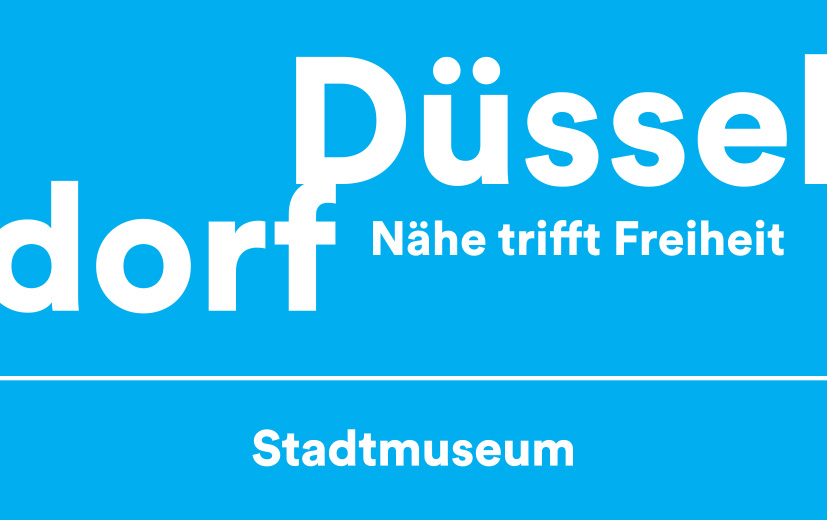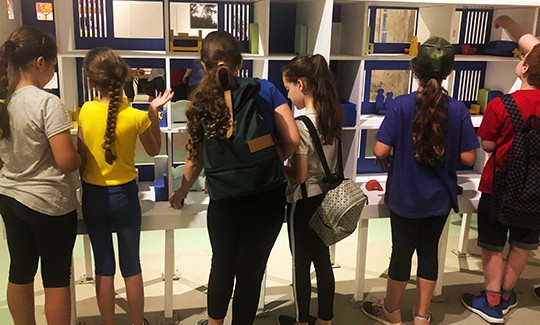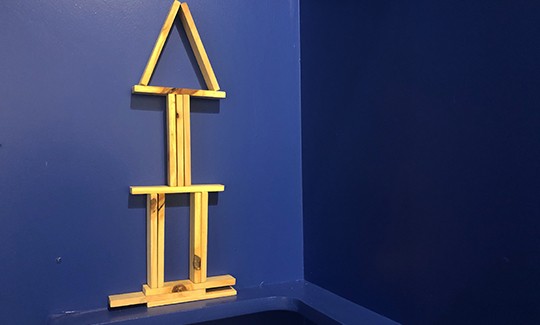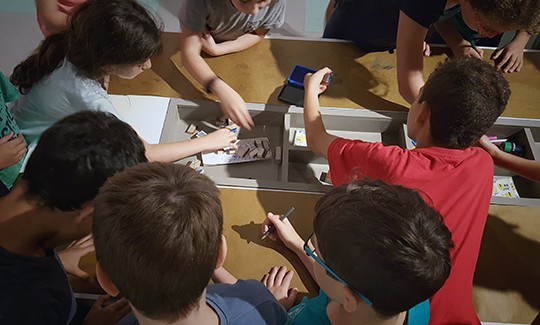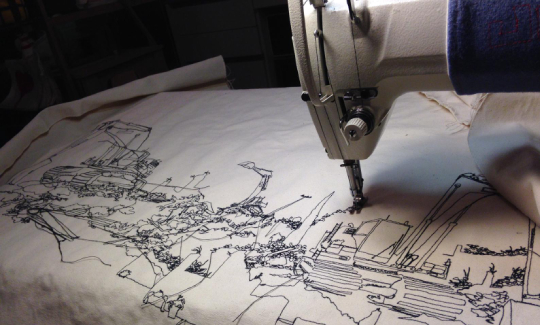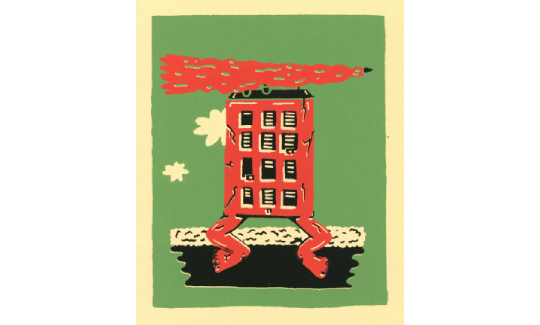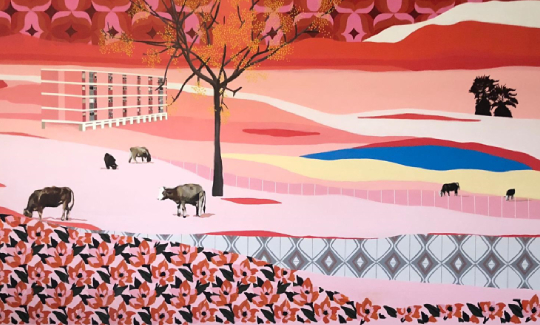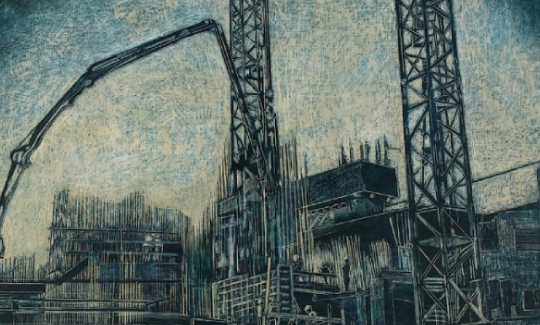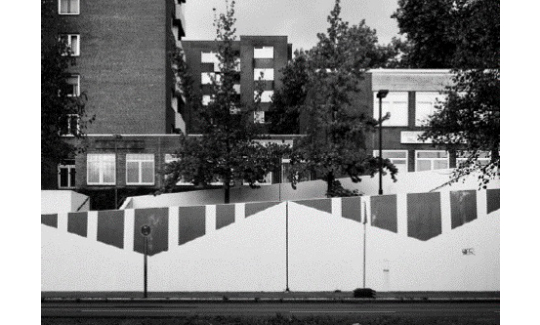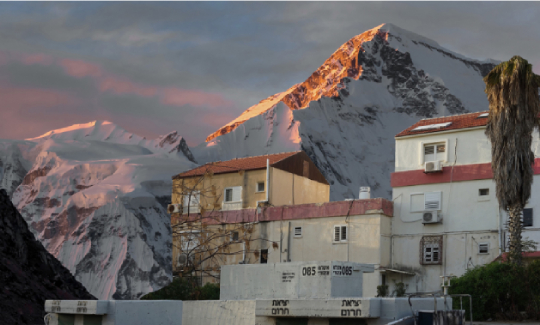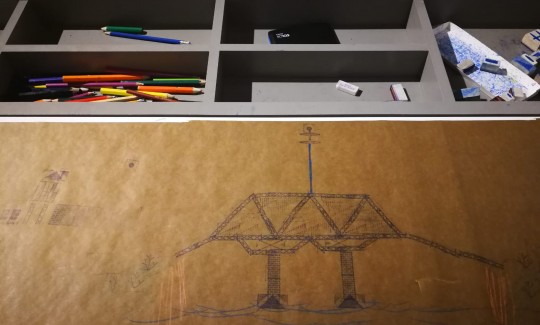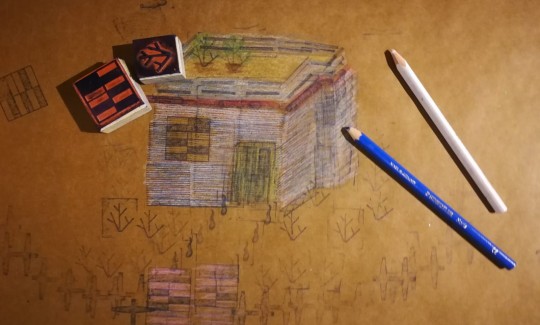"Demolition Party: From Public Housing to Residential Tower"
Thursday, 30.05.19, 20:00
Saturday, 08.02.20
:
Dr. Hadas Shadar
,Efrat Avni Mazhe
More info:
04-6030800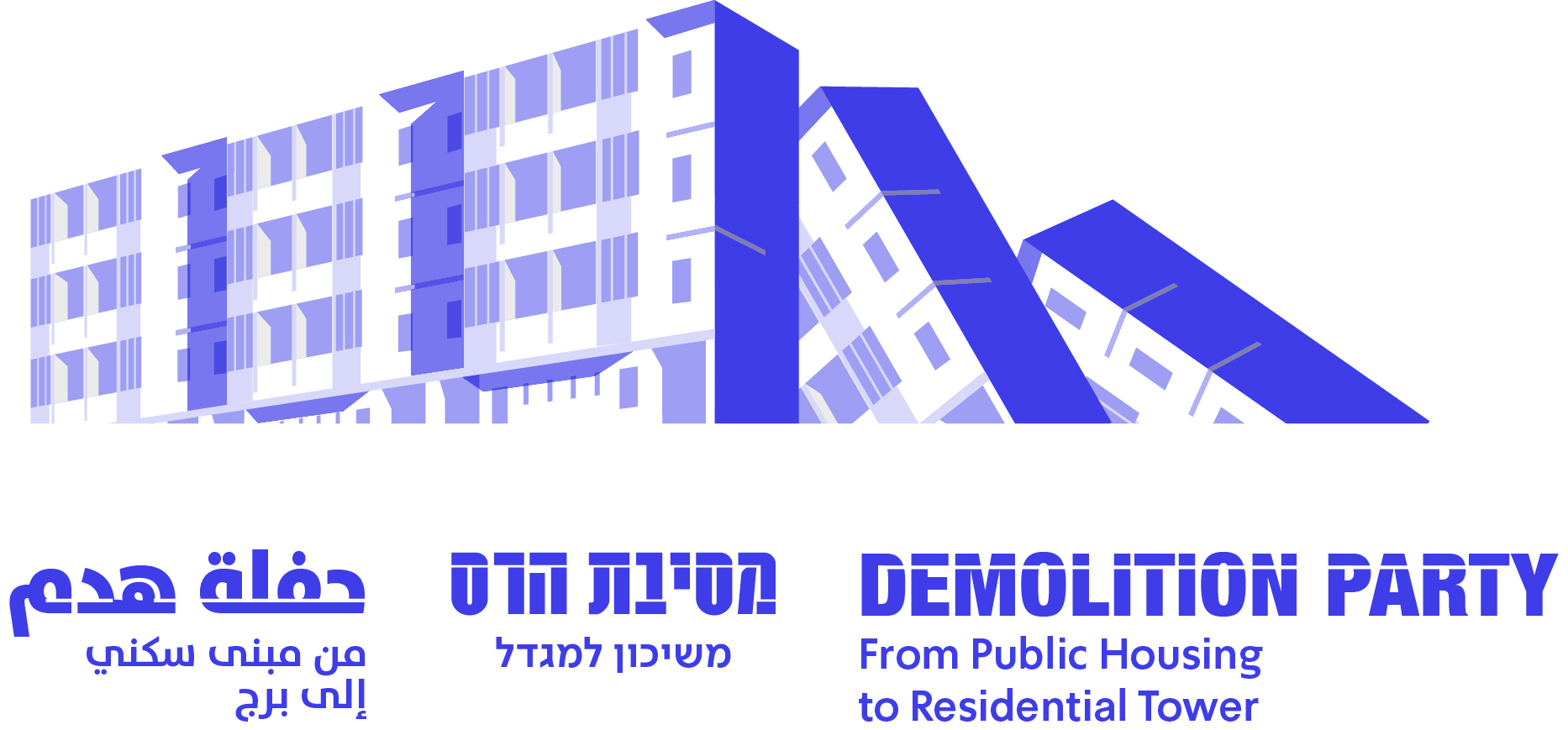
Curators: Dr. Hadas Shadar and Efrat Avni Mazeh
The term "public housing" elicits a clear image: uniform buildings three or four stories high, arranged in a row, dating from the 1950s and 1960s. In Israeli films from the 1980s, public housing serves as the backdrop of the remote, neglected places known as "the other Israel." These disregarded towns, situated far from the country's center, are populated mostly by Mizrahi Jews and feature a monotonous urban landscape. They represent the paternalist attitude of the early Israeli government, which built them as residential areas for poor, homeless new immigrants. This ideologically driven enterprise reflected Israel's expansionist Zionist policy. In contemporary urban renewal projects, private contractors now happily demolish these buildings, replacing them with residential towers overlaid with cut stone. "This is a win-win situation," say the contractors in meetings held with residents and eminent guests to celebrate the act of demolition, to which we all say "Amen."
The present exhibition reveals that these housing co-ops are not as homogeneous as people think. They contain various types of structures planned and built beginning with Israel's establishment in 1948 and to this day. In fact, they were first constructed prior to the state's inception. The demolition of public housing projects also entails the destruction of the values they embody: equality, simplicity, and government assistance in providing shelter for all Israeli citizens, including those who arrived as penniless refugees. As the co-ops crumbled, so did the fundamental idea they represent – that of community values. The open territory between the buildings served as children's playgrounds and as neighbors' meeting places, a feature that contributed greatly to the idea of Israel as a "melting pot" of different Jewish ethnicities, and to the consolidation of a new community.
Today, most new residential projects are executed by private contractors. Personal profit has replaced the simplicity and solidarity of the past. Individualism, once suppressed in favor of the greater good, now holds its head up high. A high standard of living is eagerly sought after. This is reflected in the commercials advertising desirable apartments: they are "above the rest," boast of two parking spaces, are "far from the noise of the city."
Unsurprisingly, the image typical of these commercials is the large window in the huge living room, through which we see green fields empty of people. The horizontality of public housing, compared with the verticality of new residential towers, is not only a formal inversion but also seems to express the social-communal ideas underlying these forms.
The exhibition examines the relationship between the physical and financial objectives of contemporary urban planning, and the human and social aspects it involves. This discussion touches on the state's commitment to all of its citizens, including disempowered groups. The social justice protests in the summer of 2011 were directed first and foremost against the establishment's indifference to the high cost of living and the difficulties of buying an apartment. Following the protests, plans were drawn up such as "Lagur BeKavod" (Living in Dignity), and other plans were renewed, such as "Mechir LaMishtaken" (Buyer's Price), meant to ensure accessibility to public housing and to lower home prices. However, these were mostly financial plans intended for the private sector; they do not touch on the issues and values of neighborhood planning.
Urban planning – whether it is based on old-style, state-endorsed, horizontal construction, or on new, private, vertical construction – is always ideological. We, the citizens, must choose the ideology we prefer, where we prefer to live, which environmental and community values we deem important, and which causes we wish to celebrate.
Sister Cities: Public Housing in Dusseldorf
Public housing in Germany became widespread in the interwar period. The combination of modernist architecture and the British "garden city" concept resulted in neighborhoods filled with greenery surrounding the major cities. Beginning in 1928, long co-ops arranged in rows were developed and built in Germany – buildings similar to those appearing in abundance in Israel in the late 1950s and in the 1960s.
Prior to World War II, public housing in Europe was scarce. It expressed a particular social outlook and innovative ideas regarding architecture and urban planning. After the war, public housing projects spread throughout the continent. The destruction in the wake of the war, the ruins, and the large homeless population, left European governments no choice but to take responsibility for these postwar conditions, leading to large-scale projects of public housing. In the West German city of Dusseldorf, the municipal government initiated the planning and construction of the Garath neighborhood, photographed by Markus Luigs. The planner, architect Friedrich Tamms, won the urban design competition for 1958. The neighborhood, intended to house 30,000 residents, was constructed between 1961 and 1972. This was a state-sponsored project, similar to Israeli public housing enterprises.
This exhibition is the outcome of cooperation between the Haifa City Museum and the Dusseldorf City Museum. It constitutes another chapter in the friendly relations between the two cities in the spheres of culture, sports, and administration. The two exhibitions, held at the two city museums, examine ideological, social, and economic issues reflected in architectural processes in the urban space.
Rona Shahar, Amir Tomashov, Amnon Lipkin, Anat Rozenson Ben-Hur, Davi Barell, Orit Siman Tov, Eli Singalovski, Yigal Feliks, Guy Margolin, Naomi Slaney, Ido Back, Maja Gratzfeld, Markus Luigs, Anna Wollenberg, private and public collections
In collaboration with the Stadtmuseum Düsseldorf
